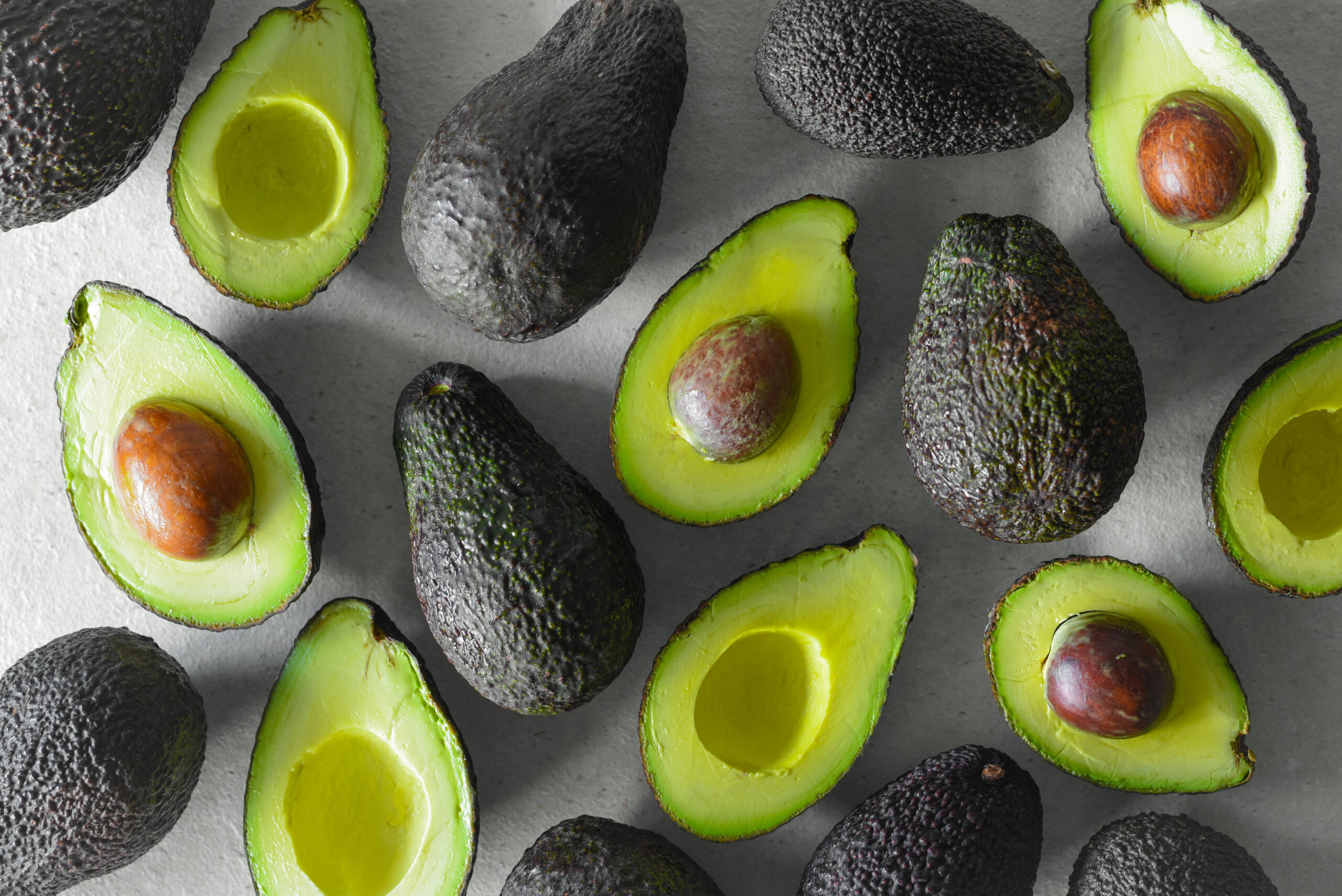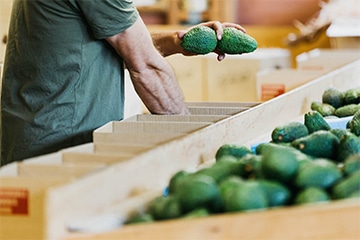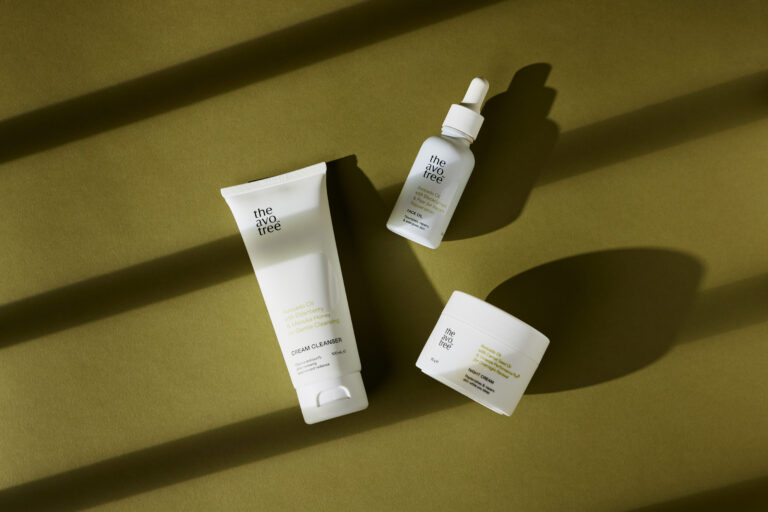Here’s why The Avo Tree will never coolstore avocados (and why they taste so great!)
Here’s why The Avo Tree will never coolstore avocados (and why they taste so great!)
Fact: The Avo Tree has never cool-stored our avocados and we never will.
We pride ourselves in providing fresh, straight-off-the-tree avocados. These delicious fruit are picked from orchards in the beautiful Bay of Plenty and sent out to our customers as fresh as can possibly be. This is a big part of what makes us unique.
There’s some good scientific research into how and when avocados should be picked and eaten, which is why we don’t coolstore. So, grab yourself a plate of avocado smash and have a read!

What is coolstoring?
Coolstoring is the practise of storing fruit and vegetables at low temperatures – usually just above freezing point. This slows down the ripening process and inhibits the growth of bacteria, allowing suppliers to extend the shelf life of the produce and there are a few disadvantages to this.
How does coolstoring affect taste and flavour?
The natural ripening process of fruit is quite complex. It involves different enzymatic reactions that break down starches into simple sugars and alter the structures of cells. These reactions are what make the fruit soft, edible, and delicious.
Even if fruit is picked early, this natural process allows the fruit to develop its unique taste, texture, and smell. The characteristic aroma and flavour compounds also occur in the final stages of ripening.
Coolstoring, however, slows down these enzymatic reactions so that the fruit won’t degrade as quickly and will therefore last longer. In other words, nature doesn’t get to do its thing. And yes, you can taste the difference!
Coolstoring isn’t always perfect, either. Even under optimal coolstorage conditions, fruits and vegetables may experience changes in flavour due to moisture loss and respiration.
Other factors that can affect taste include the quality and ripeness of the fruit at the time it was picked and stored. Post-storage handling, packaging, and transportation can also have a huge impact.
Coldstore management in most mainstream supply chains starts with pre-cooling and continues with cold storage, cold transport, and refrigerated display cases. That’s a long process!
And sure, that glossy fruit in the supermarket looks great – but it may have been harvested and stored for several months.
How does coolstoring affect nutrient content?
By slowing down degradation, long-term coolstorage can actually affect the quality and quantity of certain vitamins, minerals, and antioxidants. Further loss can occur during handling and storage due to water solubility, temperature changes, and enzymatic oxidation.
These are just some of the nutrients that may be affected:
- Vitamin C
Vitamin C is highly sensitive to air, light, and temperature exposure. Several studies have shown that the ascorbic acid content of fruits and vegetables tends to decrease after cool storage. This will vary depending on the specific fruit or vegetable and the duration of storage. - B Vitamins
Like vitamin C, B vitamins are also water-soluble and can be lost during long periods of storage. Coolstoring can help minimise the degradation of these vitamins compared to warmer storage conditions. However, extended storage duration may still lead to some nutrient loss, although the extent can vary depending on the produce and other storage factors. - Antioxidants
Fruits and vegetables are natural sources of antioxidants: compounds that help to protect our cells from free radical damage. In some cases, coolstoring can help preserve the antioxidant content of produce, but it can also do the opposite. Studies show that storage temperature adversely influences the metabolism and the content of antioxidant compounds in certain fruits and vegetables, decreasing antioxidant activity.
Broccoli, for example, had a rapid reduction in total antioxidant activity, ascorbic acid and total phenolic compounds contents after being stored at 1°C for 28 days.
Cold storage temperature can also affect a bunch of other quality parameters: weight, moisture content, the firmness of the fruit, pulp content, and pH levels. It can cause changes in the pigmentation such as internal browning, darkening of the peel, changes in texture, loss of electrolytes, surface lesions, and, ultimately, prevent the fruit from ripening at all.
Why are avocados even more sensitive to coolstorage?
The ripening process of the avocado is even more complex due to its unique physiology. The ripening process of a single avocado depends on oil concentration, firmness, growth rate, and dry matter (carbohydrates, vitamins, proteins, fats, fibers, sugars, etc), which is also related to oil content.
Avocado fruit development comprises two separate processes:
- Maturation: the process of growing, which takes place while on the tree
- Post-harvest ripening: the softening and development process that occurs only after picking.
Not surprisingly, a huge range of factors can compromise the quality of a single avocado. These amazing fruit contain carotenoids, sterols, phenolic compounds, carbohydrates, amino acids, proteins, vitamins, tannins, phytohormones and terpenoids, among others – and all can be affected by being stuck in a fridge for too long.
In fact, a recent study that compared fresh avocados with coolstored found that coolstoring led to a significant drop in the concentration of phenolic acids (one of the most important phytochemicals) after just 10 days in cold storage. They also found that the longer the avocados remained on the tree, the higher their total content of bioactive compounds. The exact opposite happened for avocados that were ripened in a coolstore chamber: the longer in storage, the greater the loss of precious compounds.
Moral of the story?
As nice as it is to have your favourite avos available year-round, it’s not how nature intended them to develop. The great thing about our business model here at The Avo Tree is that we can provide avocados straight from the tree for at least 11 months of the year!
Yes, you read that right. This is because avos will hold onto the tree and not start to ripen until they are picked. The trees will hold that fruit for a very long time. From flower to fruit, avocados can sit quite happily on the tree for up to 18 months.
And, because we have streamlined systems that prompt us to pick on-demand rather than in bulk (which would mean using coolstores), we can have seasonal avocados nearly all year round.
In fact, the Hass variety can be available for 12 months of the year – fresh, delicious, and straight from the tree.
Which leads us to another blog! Stay tuned to read The life cycle of an avo: from pollinated flower to a bowl of guac – how avos actually grow.
Fresh tastes best. Fresh tastes like an Avo Tree avo!














